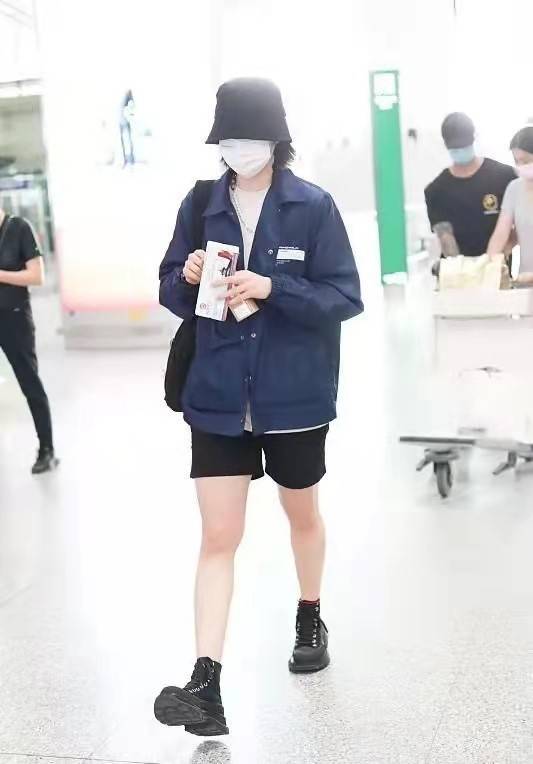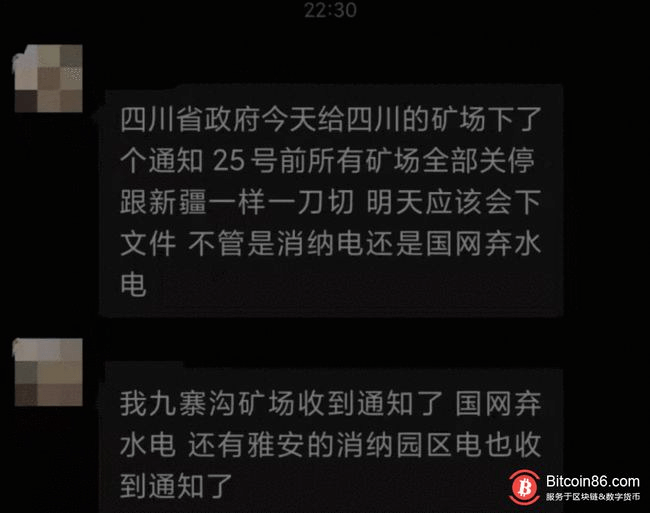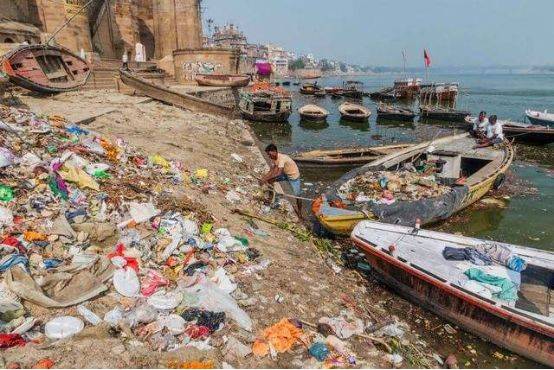What happened in major cities in India a few weeks ago is repeated in rural areas, causing panic in areas lacking medical infrastructure.
More than 100 corpses of suspected COVID-19 patients have been found washed ashore on the banks of the Ganges River that flows through the states of Uttar Pradesh, Bihar.
Many states in southern India are warning to stop sharing medical oxygen with each other, protecting all that is available as their hospitals increasingly “swell” because of the increased number of COVID-19 cases. leap. At an Andhra Pradesh hospital, the family of COVID-19 patients went into a rage when the hospital treating their loved ones suddenly had their oxygen supply interrupted. These are the best evidences of the recurring tragedy in India itself. Despair that enveloped New Delhi – the capital of India, over the past few weeks has now spread across the country. Rural areas with poor health infrastructure are slowly feeling the devastation caused by the COVID-19 tsunami. According to the New York Times , it seems that the COVID-19 crisis in India is entering a new phase.  Workers deliver oxygen tanks to a hospital in the states of Jammu and Kashmir. (Photo: AP) The number of COVID-19 cases in New Delhi and Mumbai is slowing down. But elsewhere are now really taking the COVID-19 blow. People questioned New Delhi, home to many of India’s top hospitals and packed with the country’s elite that can’t even handle the massive surge in cases, what will happen in the regions. poor countryside. On the night of May 10, a government hospital in Andhra Pradesh fell into a state of oxygen depletion. Doctors frantically call the providers to ask for help. But when the source could not be found, 11 patients died. The families of the patients, after learning of the news, entered the intensive care unit, screaming and smashing the equipment. TV images show the women holding their heads in despair. Doctors and nurses had to flee and wait for the police to arrive. Despite the aid of other countries, India still has a serious shortage of medical oxygen. More than 20 hospitals were depleted of oxygen, nearly 200 patients died from lack of oxygen. Vaccine campaign is being accelerated, but supply is not enough demand. Many vaccination sites in the states have run out of vaccines and people are still unable to schedule vaccinations. When the COVID-19 tsunami shows no signs of cooling down, the wave of criticism against Prime Minister Narendra Modi has intensified. Many people thought that he declared the victory of the epidemic too soon, causing the country to fall off guard. Modi’s Bharatiya Janata Party (BJP) remains India’s most powerful political organization by far. But the solid wall the party has maintained over the years is showing some cracks. When the second wave of COVID-19s began to strike India, the country almost split into two extremes. New Delhi, Mumbai – the two largest cities in India warned that the number of new infections increased continuously with the infection rate up to 36%. In rural areas, the epidemic has also spread but has not yet strongly exploded, leaving many people leisurely. Currently, the situation in New Delhi and Mumbai is improving. On May 11, New Delhi reported 12,481 new infections, half the number of cases recorded on April 30. The positive rate for COVID-19 decreased to 19%.
Workers deliver oxygen tanks to a hospital in the states of Jammu and Kashmir. (Photo: AP) The number of COVID-19 cases in New Delhi and Mumbai is slowing down. But elsewhere are now really taking the COVID-19 blow. People questioned New Delhi, home to many of India’s top hospitals and packed with the country’s elite that can’t even handle the massive surge in cases, what will happen in the regions. poor countryside. On the night of May 10, a government hospital in Andhra Pradesh fell into a state of oxygen depletion. Doctors frantically call the providers to ask for help. But when the source could not be found, 11 patients died. The families of the patients, after learning of the news, entered the intensive care unit, screaming and smashing the equipment. TV images show the women holding their heads in despair. Doctors and nurses had to flee and wait for the police to arrive. Despite the aid of other countries, India still has a serious shortage of medical oxygen. More than 20 hospitals were depleted of oxygen, nearly 200 patients died from lack of oxygen. Vaccine campaign is being accelerated, but supply is not enough demand. Many vaccination sites in the states have run out of vaccines and people are still unable to schedule vaccinations. When the COVID-19 tsunami shows no signs of cooling down, the wave of criticism against Prime Minister Narendra Modi has intensified. Many people thought that he declared the victory of the epidemic too soon, causing the country to fall off guard. Modi’s Bharatiya Janata Party (BJP) remains India’s most powerful political organization by far. But the solid wall the party has maintained over the years is showing some cracks. When the second wave of COVID-19s began to strike India, the country almost split into two extremes. New Delhi, Mumbai – the two largest cities in India warned that the number of new infections increased continuously with the infection rate up to 36%. In rural areas, the epidemic has also spread but has not yet strongly exploded, leaving many people leisurely. Currently, the situation in New Delhi and Mumbai is improving. On May 11, New Delhi reported 12,481 new infections, half the number of cases recorded on April 30. The positive rate for COVID-19 decreased to 19%.  A mass cremation site on the banks of the Ganges River in Allahabad city, Uttar Pradesh. (Image: Getty Images) In Mumbai, the commercial capital of India, the incidence of infection decreased from 25% to 7%. People began to believe that the epidemic was about to end – something they didn’t dare to think about a few weeks ago. Last month, many hospitals in New Delhi were closed due to lack of oxygen. People are not allowed to be hospitalized to die right in front of the emergency room, in front of the hospital gate, or even on the street. When the situation was less stressful, these hospitals accepted the patients again. At the beginning of April, the infection rate in many rural India was only one digit. But now, this number is skyrocketing. “It’s hard to imagine what’s going on in the rural areas, where infection rates rose from 8% in early April to almost 27% on May 11. “, Professor Rijo M John went to the Indian Institute of Management in Kerala state. According to Mr. John, rural India does not carry out testing much and many patients may be dying because they do not receive treatment. On May 11, Modi’s government dispatched an “oxygen express train” to bring liquid oxygen to COVID-19 hotspots in the southern region. But states need more than that. A few weeks ago, several southern Indian states agreed to share oxygen supplies with each other. This week, some started mentioning ceasing to cooperate. The state government of Kerala says it cannot supply oxygen to neighboring states as it needs to retain the entire supply for the state’s growing demand. Tamil Nadu also made a similar statement, claiming he could not be shared with his poorer neighbor, Andhra Pradesh. Earlier this week in the village of Chausa, Bihar state, people panicked when they found dozens of bodies floating mysteriously on the banks of the Ganges River. No one knows who these people are or how their bodies got there. Even on the evening of May 10, images of decomposing bodies in colorful, bulging and floating bodies floating on the river shook the Indian media.
A mass cremation site on the banks of the Ganges River in Allahabad city, Uttar Pradesh. (Image: Getty Images) In Mumbai, the commercial capital of India, the incidence of infection decreased from 25% to 7%. People began to believe that the epidemic was about to end – something they didn’t dare to think about a few weeks ago. Last month, many hospitals in New Delhi were closed due to lack of oxygen. People are not allowed to be hospitalized to die right in front of the emergency room, in front of the hospital gate, or even on the street. When the situation was less stressful, these hospitals accepted the patients again. At the beginning of April, the infection rate in many rural India was only one digit. But now, this number is skyrocketing. “It’s hard to imagine what’s going on in the rural areas, where infection rates rose from 8% in early April to almost 27% on May 11. “, Professor Rijo M John went to the Indian Institute of Management in Kerala state. According to Mr. John, rural India does not carry out testing much and many patients may be dying because they do not receive treatment. On May 11, Modi’s government dispatched an “oxygen express train” to bring liquid oxygen to COVID-19 hotspots in the southern region. But states need more than that. A few weeks ago, several southern Indian states agreed to share oxygen supplies with each other. This week, some started mentioning ceasing to cooperate. The state government of Kerala says it cannot supply oxygen to neighboring states as it needs to retain the entire supply for the state’s growing demand. Tamil Nadu also made a similar statement, claiming he could not be shared with his poorer neighbor, Andhra Pradesh. Earlier this week in the village of Chausa, Bihar state, people panicked when they found dozens of bodies floating mysteriously on the banks of the Ganges River. No one knows who these people are or how their bodies got there. Even on the evening of May 10, images of decomposing bodies in colorful, bulging and floating bodies floating on the river shook the Indian media.  Suspected bodies of COVID-19 have been washed ashore in the Ganges river in the past few days. (Photo: PTI) About 30 bodies have been found, most likely, of patients with COVID-19, officials say. Meanwhile local people said they saw about 100 bodies. “I’ve never seen so many bodies,” Arun Kumar Srivastava, a doctor in Chausa said. When the uneasiness of the villagers of Chausa had not passed, their neighbor witnessed the same scene. Villagers in Gahmar village, Uttar Pradesh state found more than 50 bodies of patients with COVID-19 washed up on the banks of the Ganges River as they passed their villages. Krishna Dutt Mishra, an ambulance driver in Chausa, said many poor people were throwing their loved ones into the river when the cremation price increased from $ 27 (more than 600,000 dong) to 200 dollars (more than 4.6 million dong). At many cremation sites, staff in some places charge five or even 10 times more than the usual price. For many families, this is too much for them.
Suspected bodies of COVID-19 have been washed ashore in the Ganges river in the past few days. (Photo: PTI) About 30 bodies have been found, most likely, of patients with COVID-19, officials say. Meanwhile local people said they saw about 100 bodies. “I’ve never seen so many bodies,” Arun Kumar Srivastava, a doctor in Chausa said. When the uneasiness of the villagers of Chausa had not passed, their neighbor witnessed the same scene. Villagers in Gahmar village, Uttar Pradesh state found more than 50 bodies of patients with COVID-19 washed up on the banks of the Ganges River as they passed their villages. Krishna Dutt Mishra, an ambulance driver in Chausa, said many poor people were throwing their loved ones into the river when the cremation price increased from $ 27 (more than 600,000 dong) to 200 dollars (more than 4.6 million dong). At many cremation sites, staff in some places charge five or even 10 times more than the usual price. For many families, this is too much for them.





























































You must log in to post a comment.